-
 © James Mann/Classic & Sports Car
© James Mann/Classic & Sports Car -
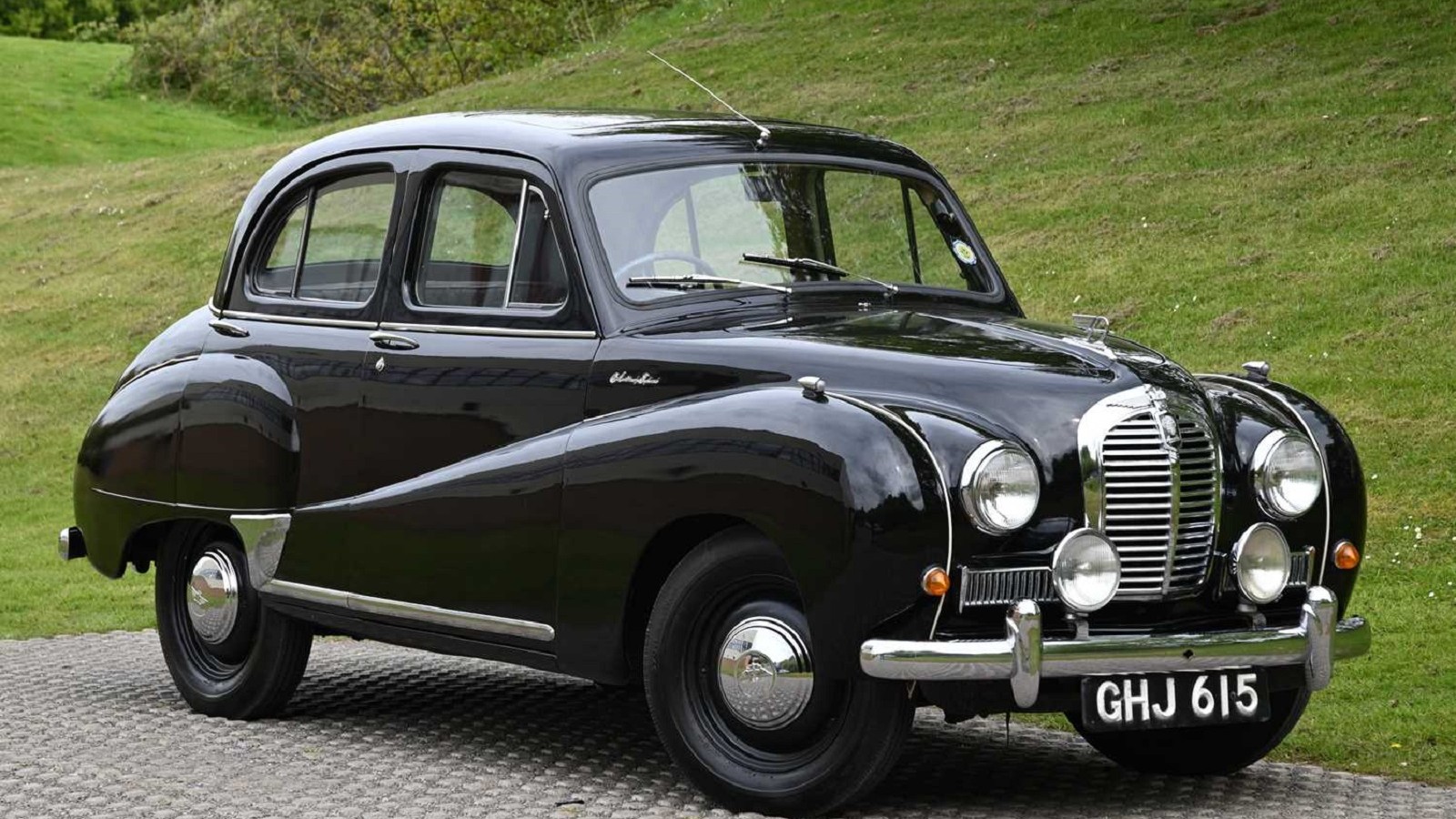 © Manor Park Classics
© Manor Park Classics -
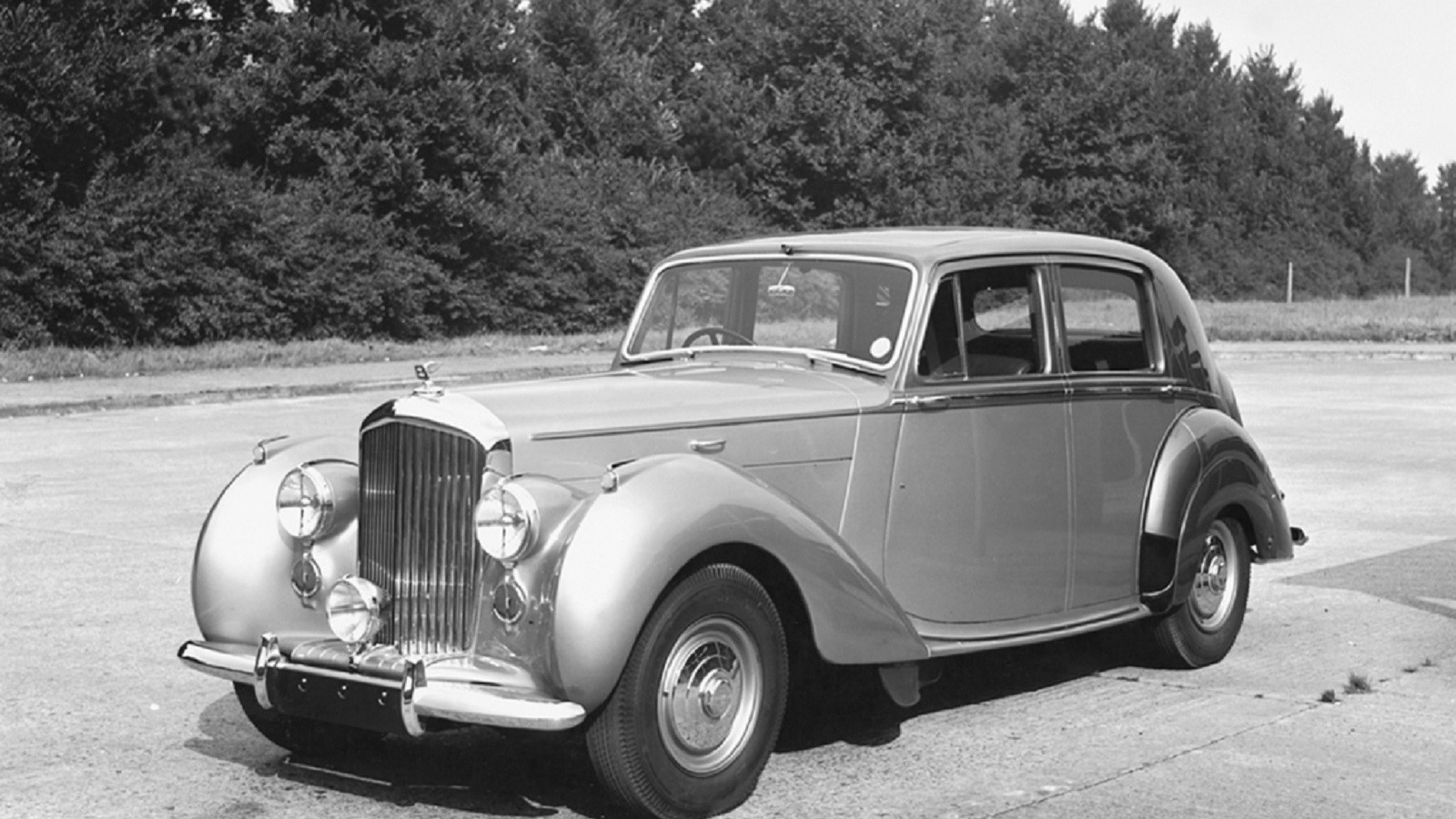 © Bentley Motors
© Bentley Motors -
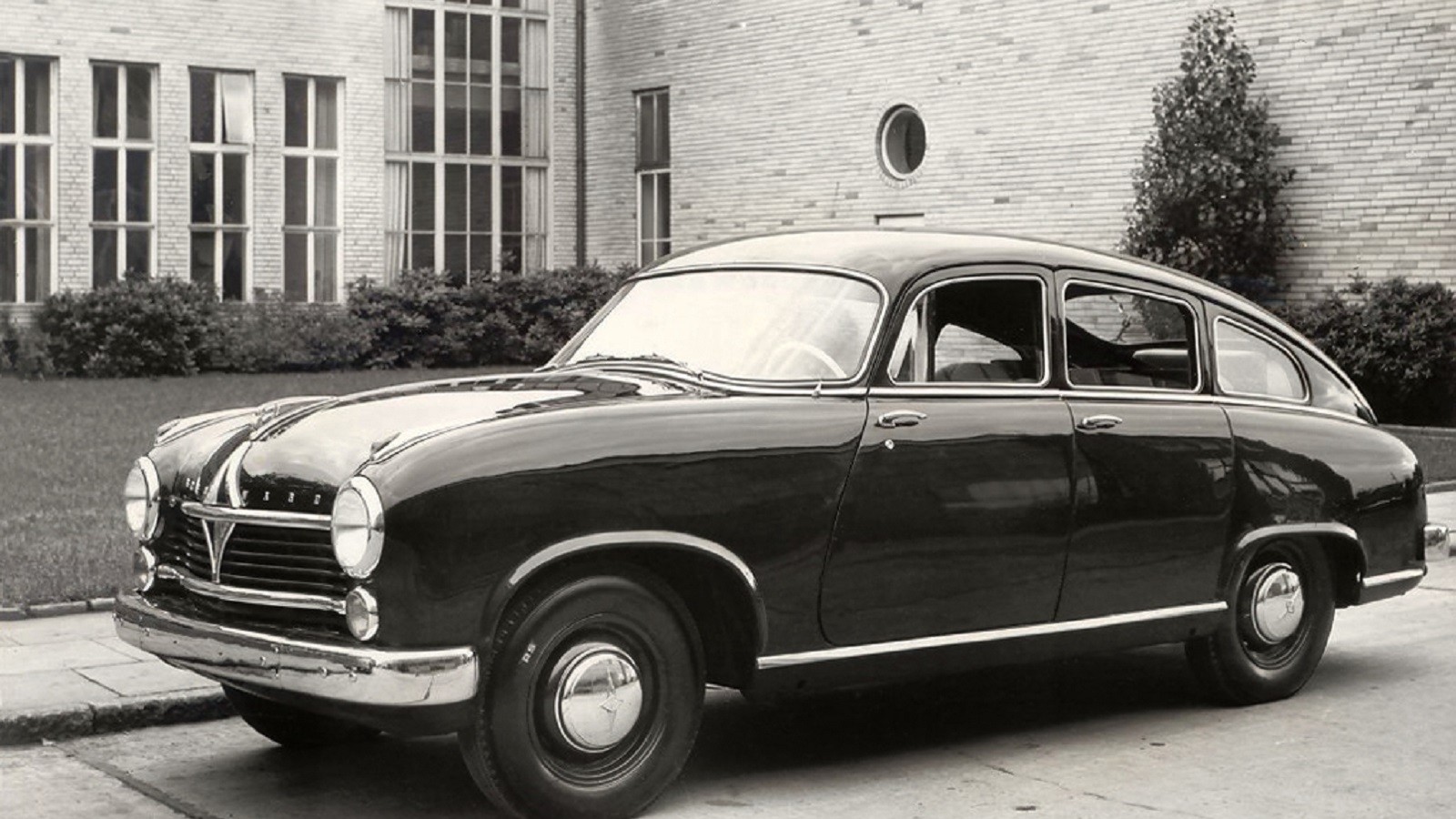 © Borgward
© Borgward -
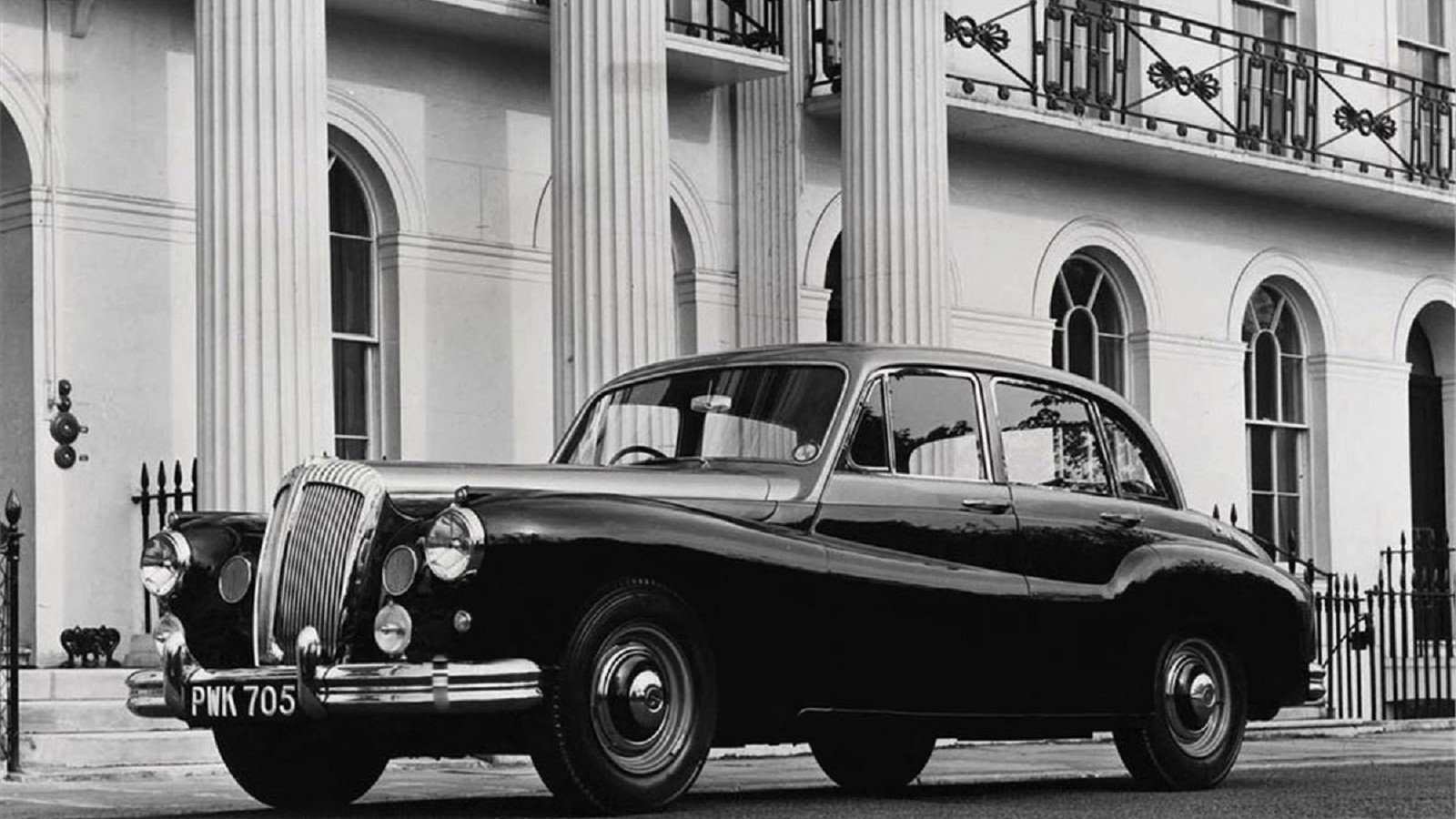 © Daimler
© Daimler -
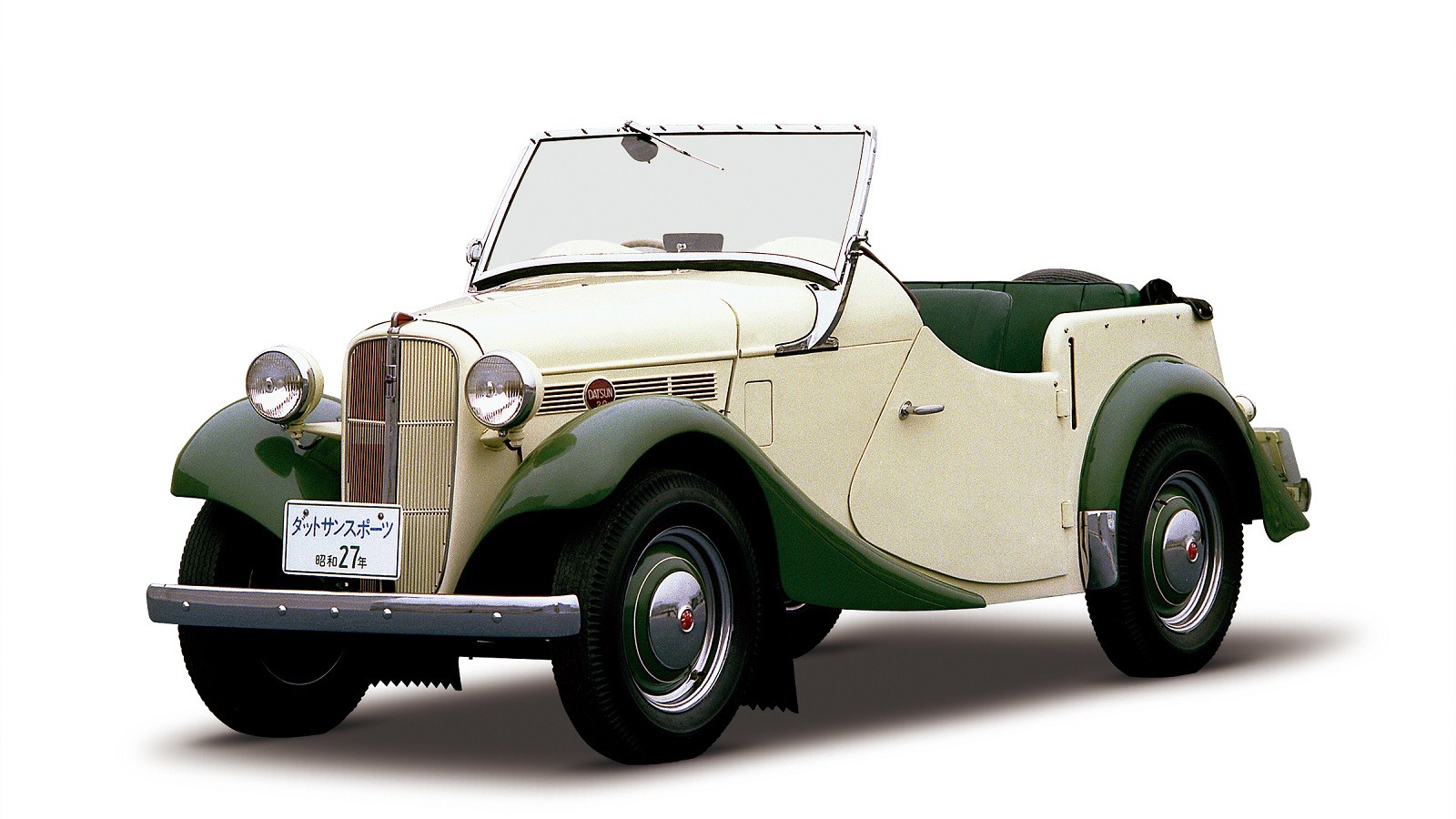 © Nissan
© Nissan -
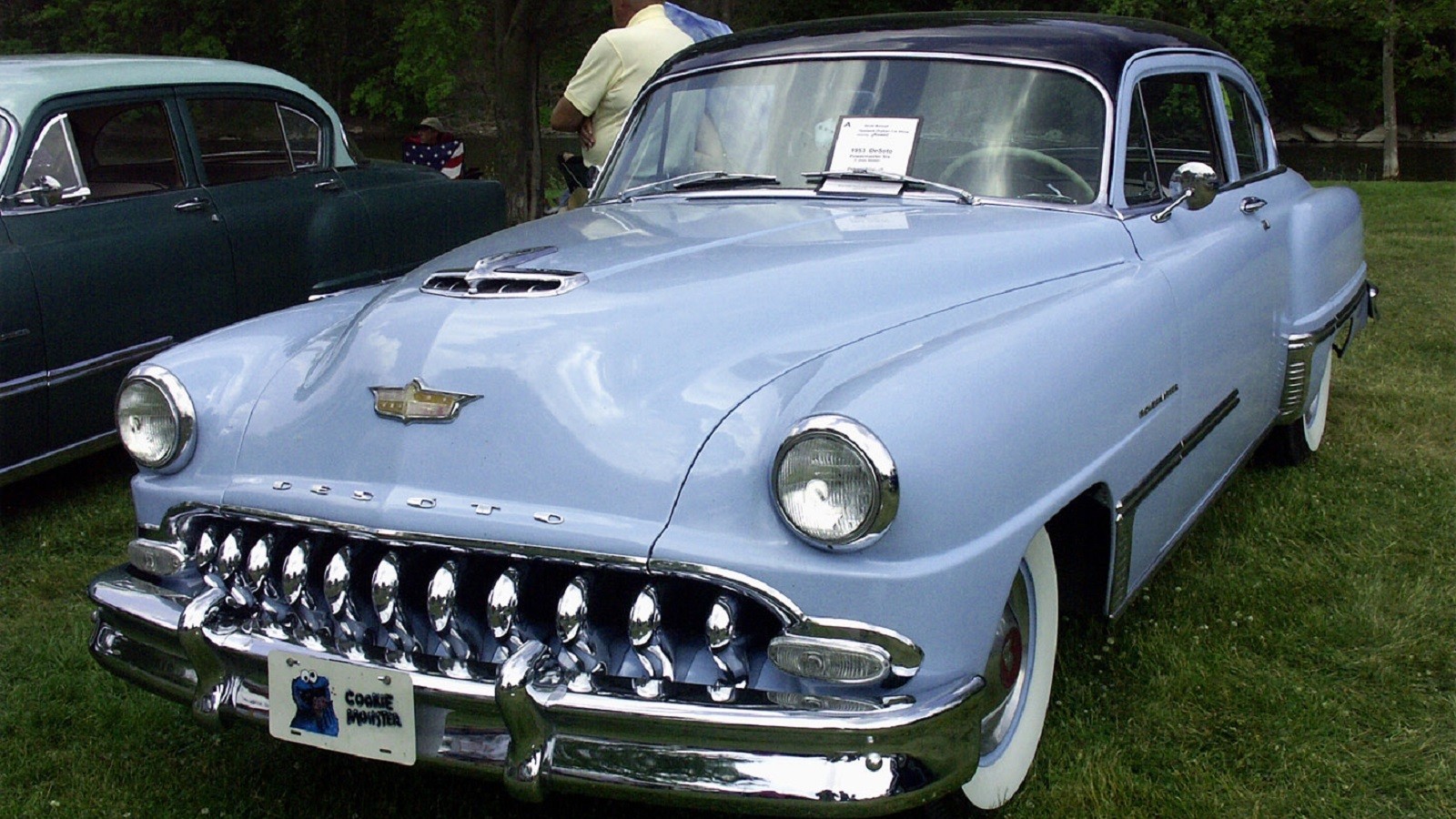 © Stephen J Brown
© Stephen J Brown -
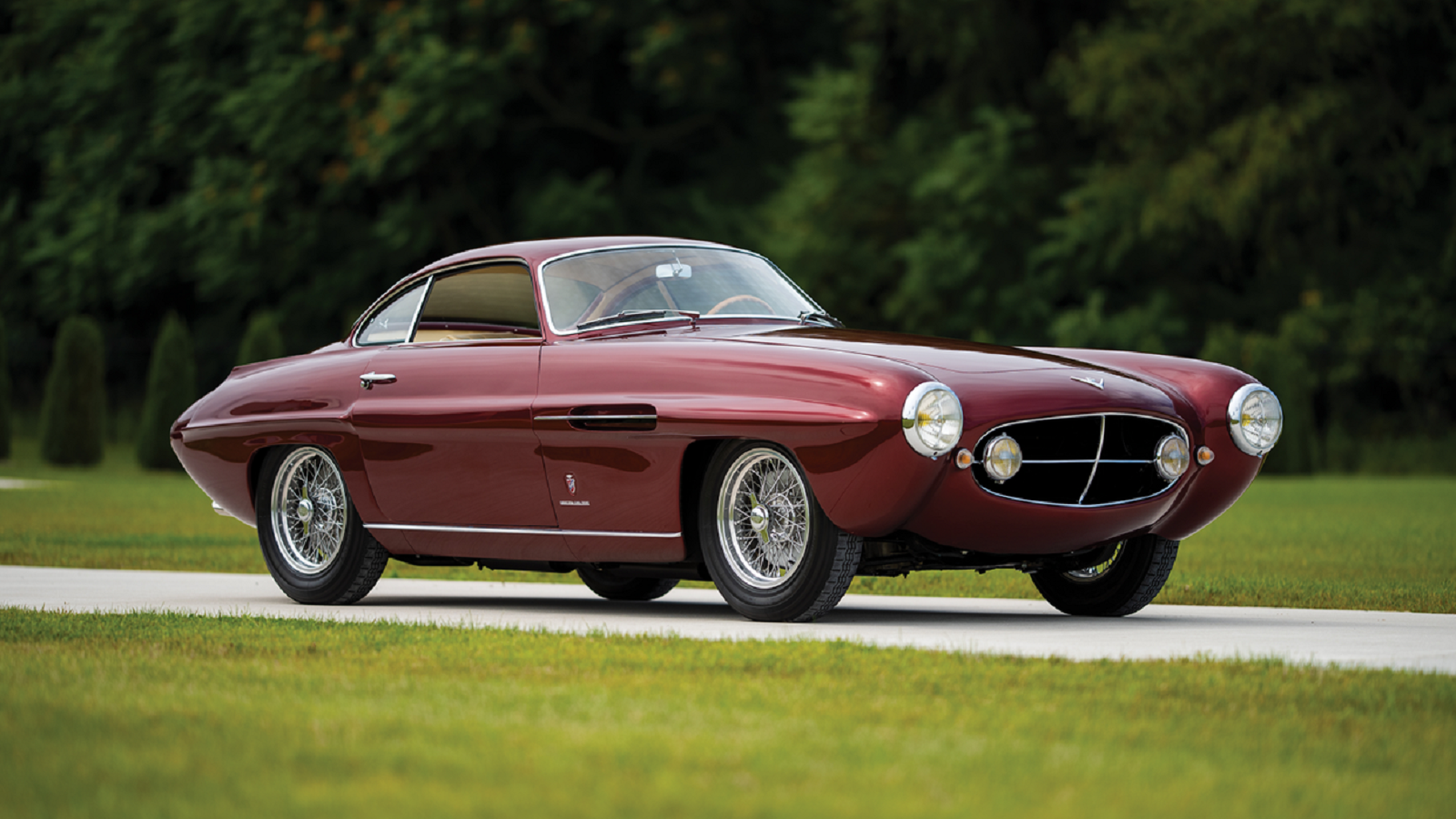 © RM Sotheby’s
© RM Sotheby’s -
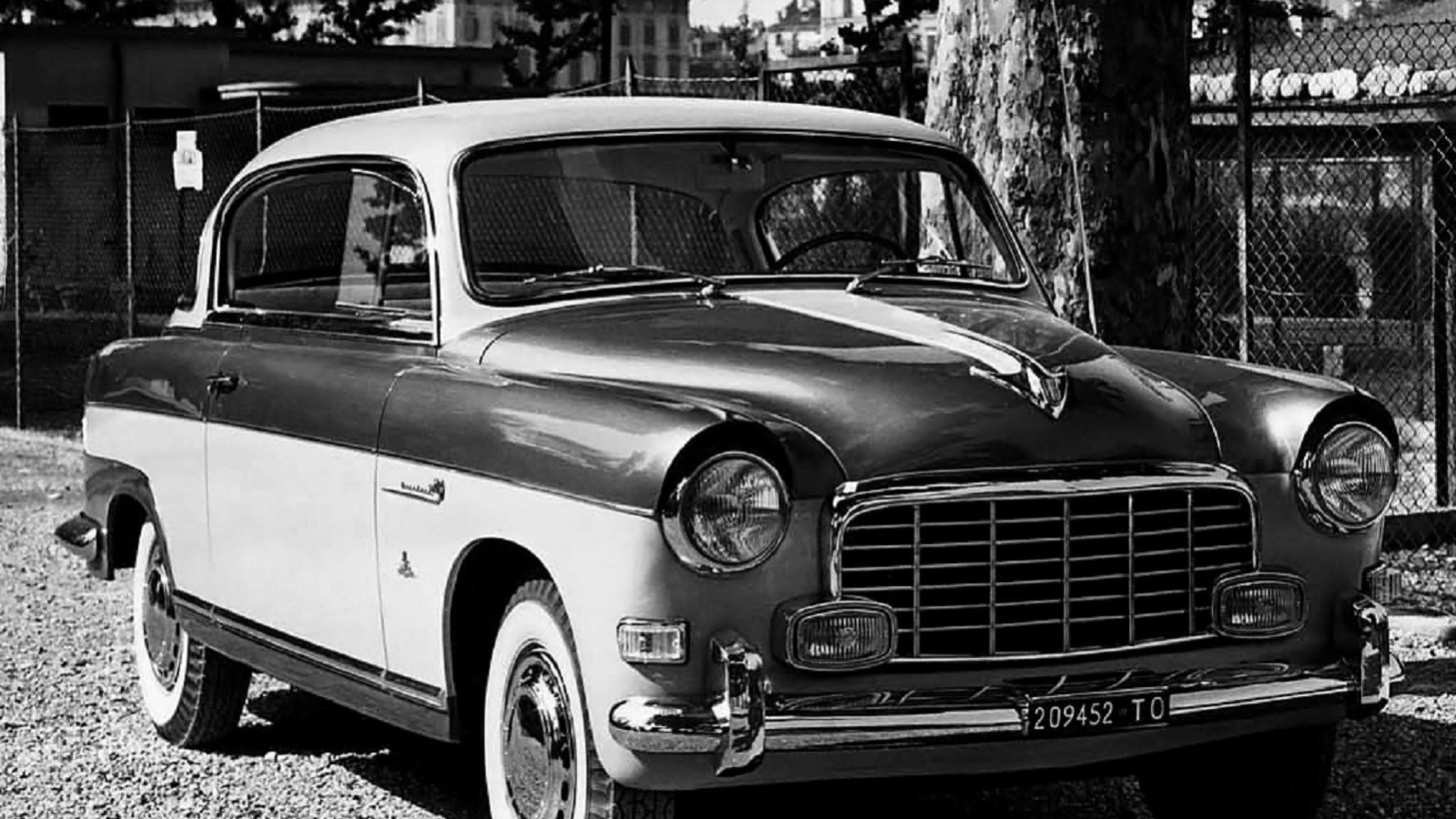 © Stellantis
© Stellantis -
 © Ford
© Ford -
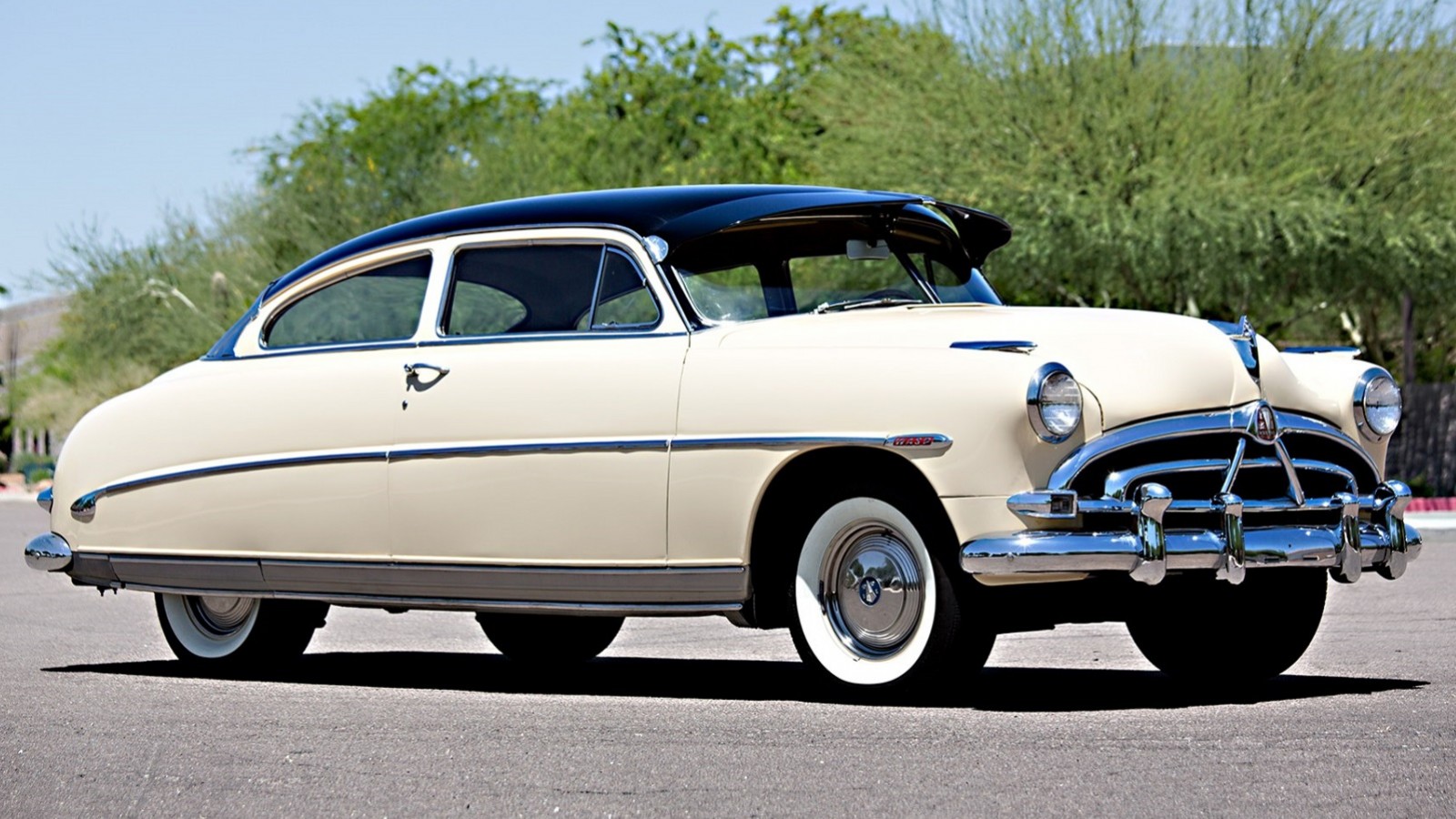 © Gooding & Company
© Gooding & Company -
 © Ford
© Ford -
 © Lotus
© Lotus -
 © Historics
© Historics -
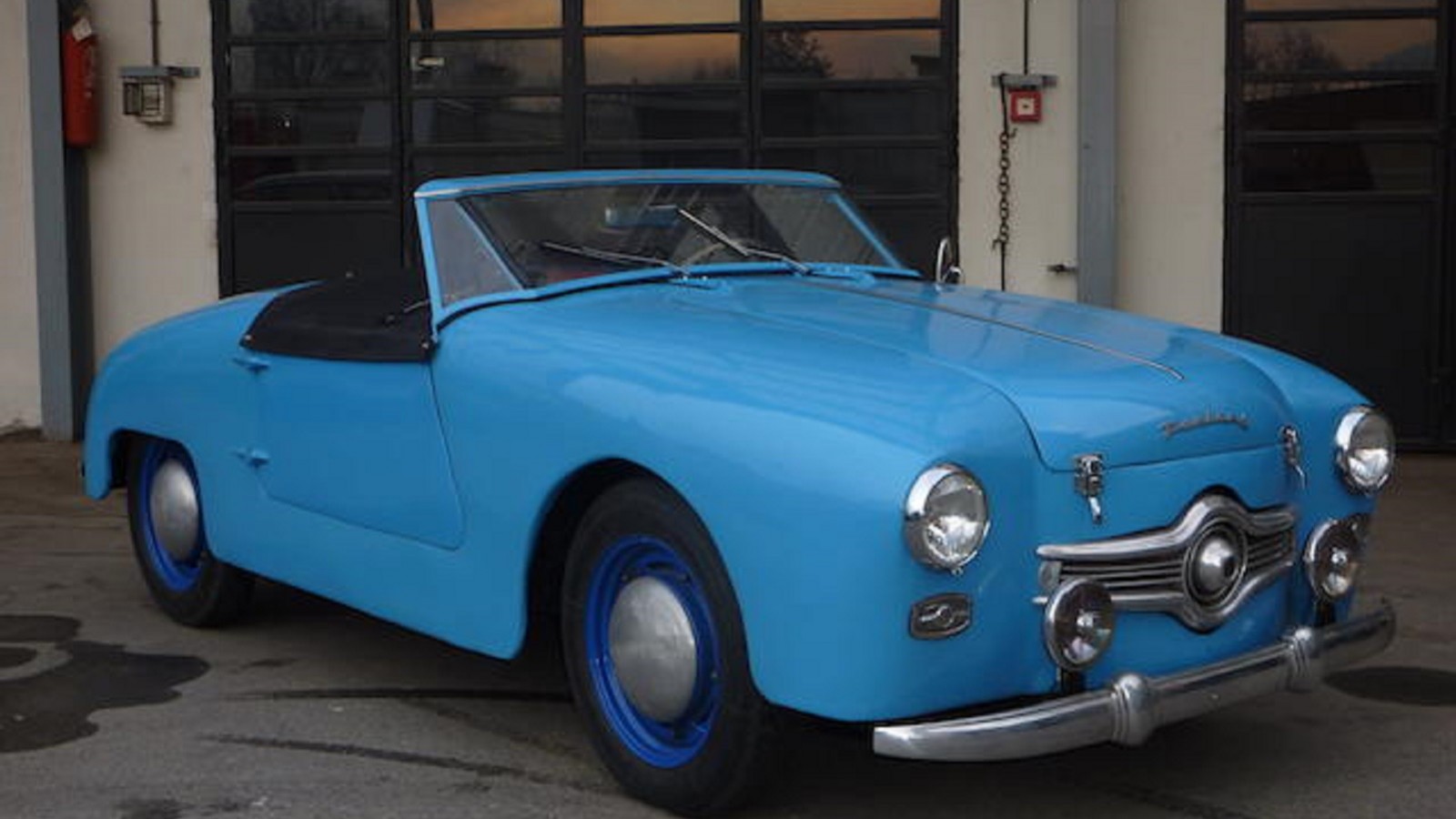 © Bonhams
© Bonhams -
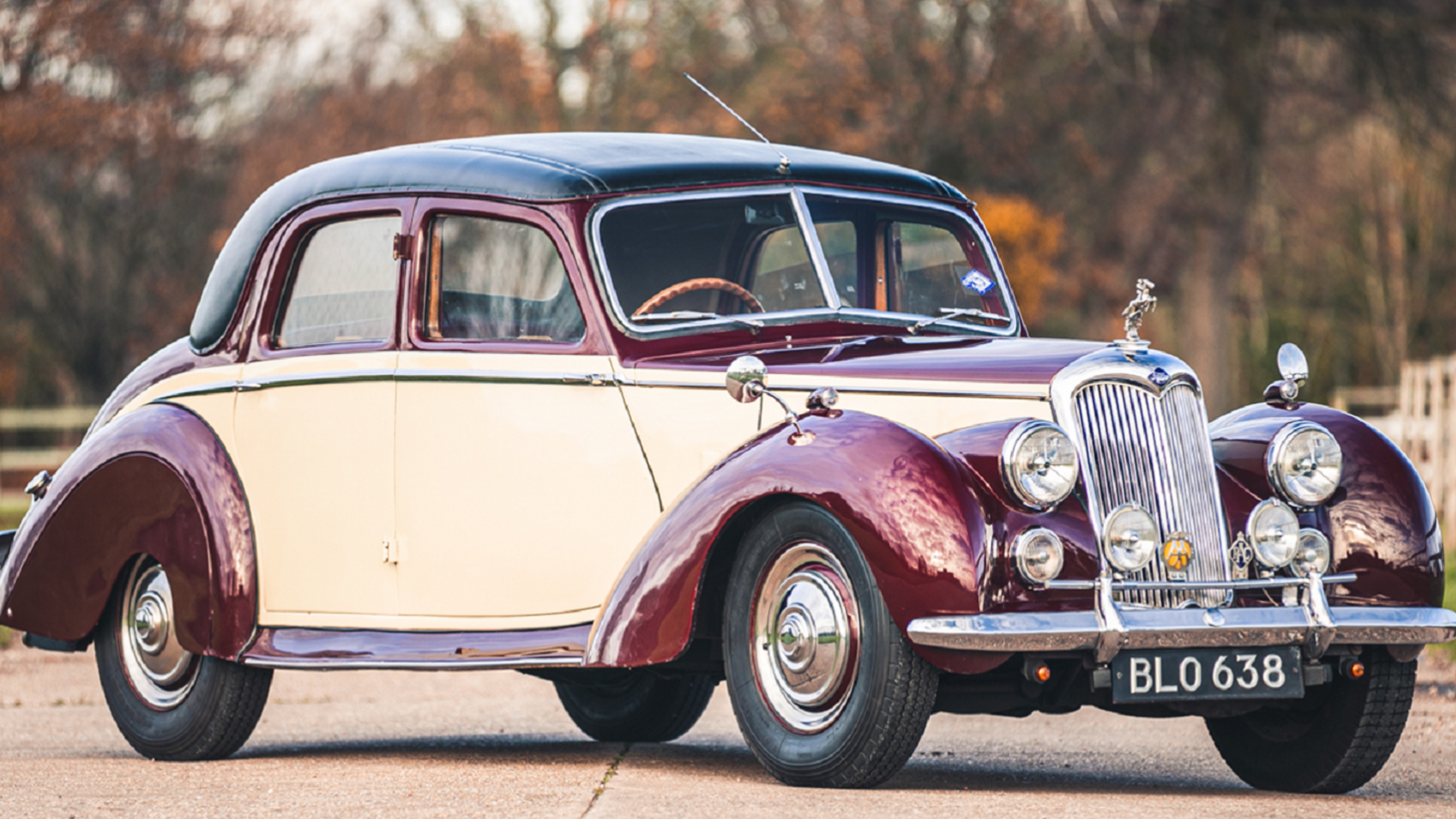 © Classic Car Auctions
© Classic Car Auctions -
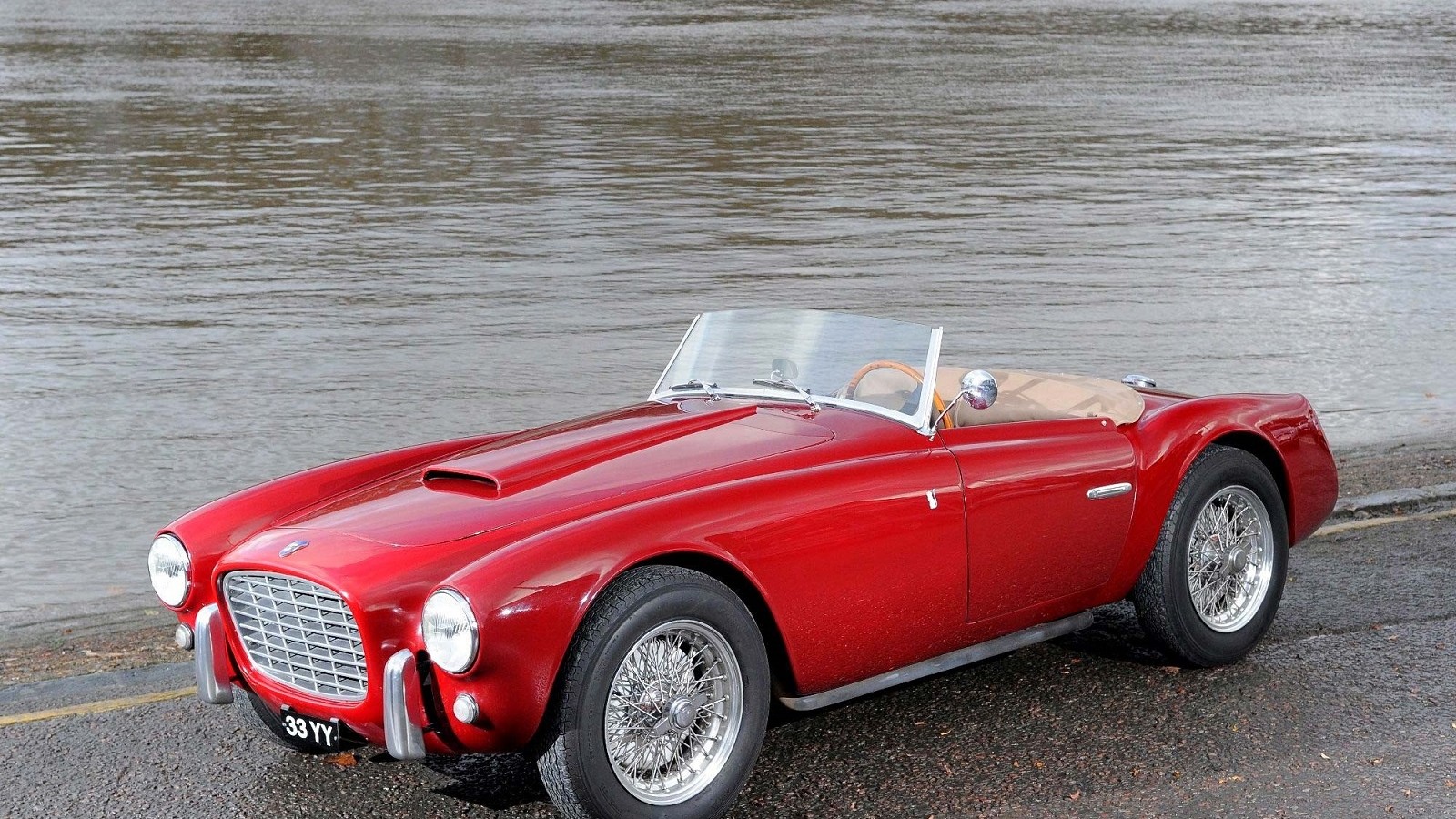 © Fiskens
© Fiskens -
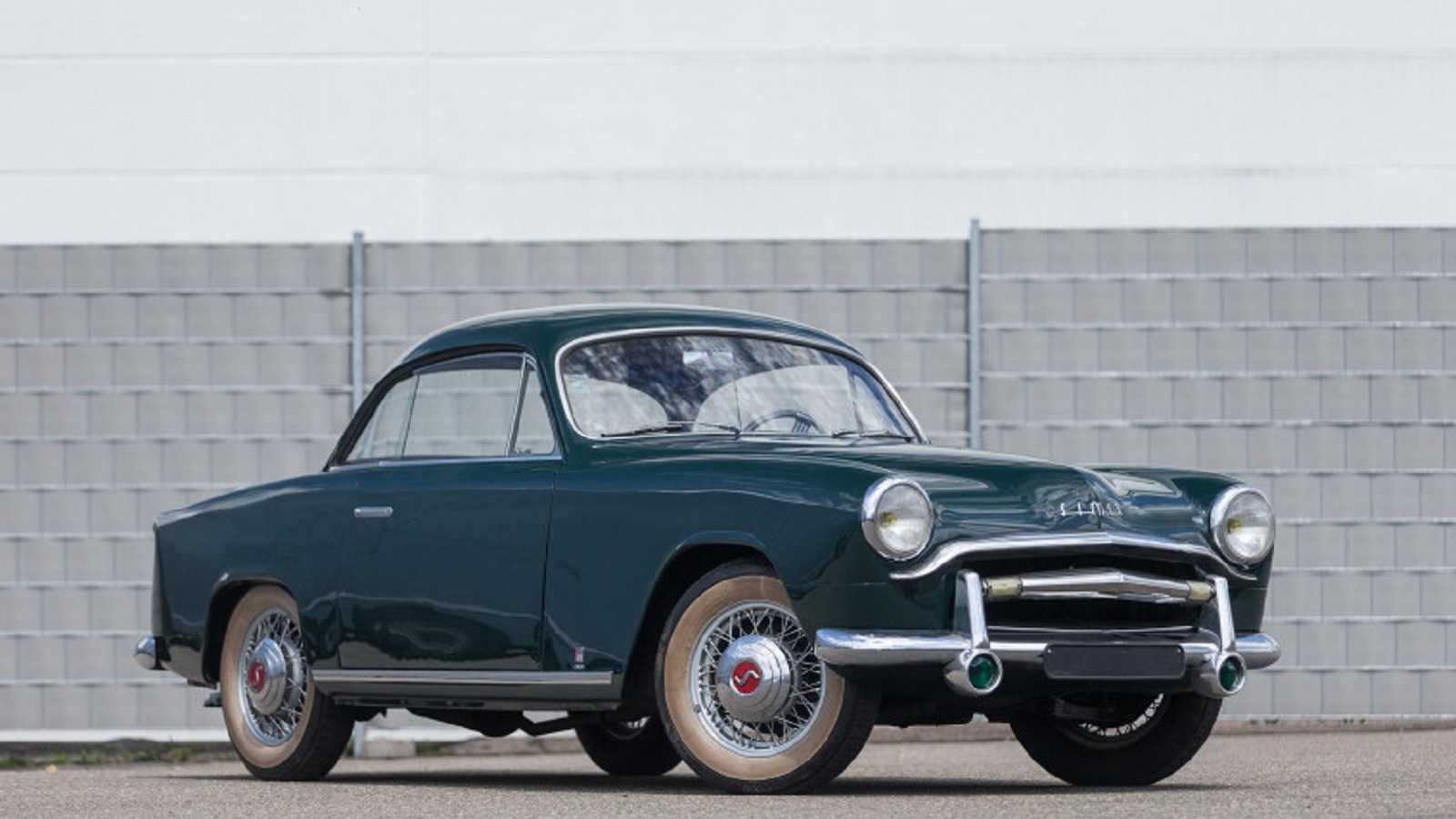 © Artcurial
© Artcurial -
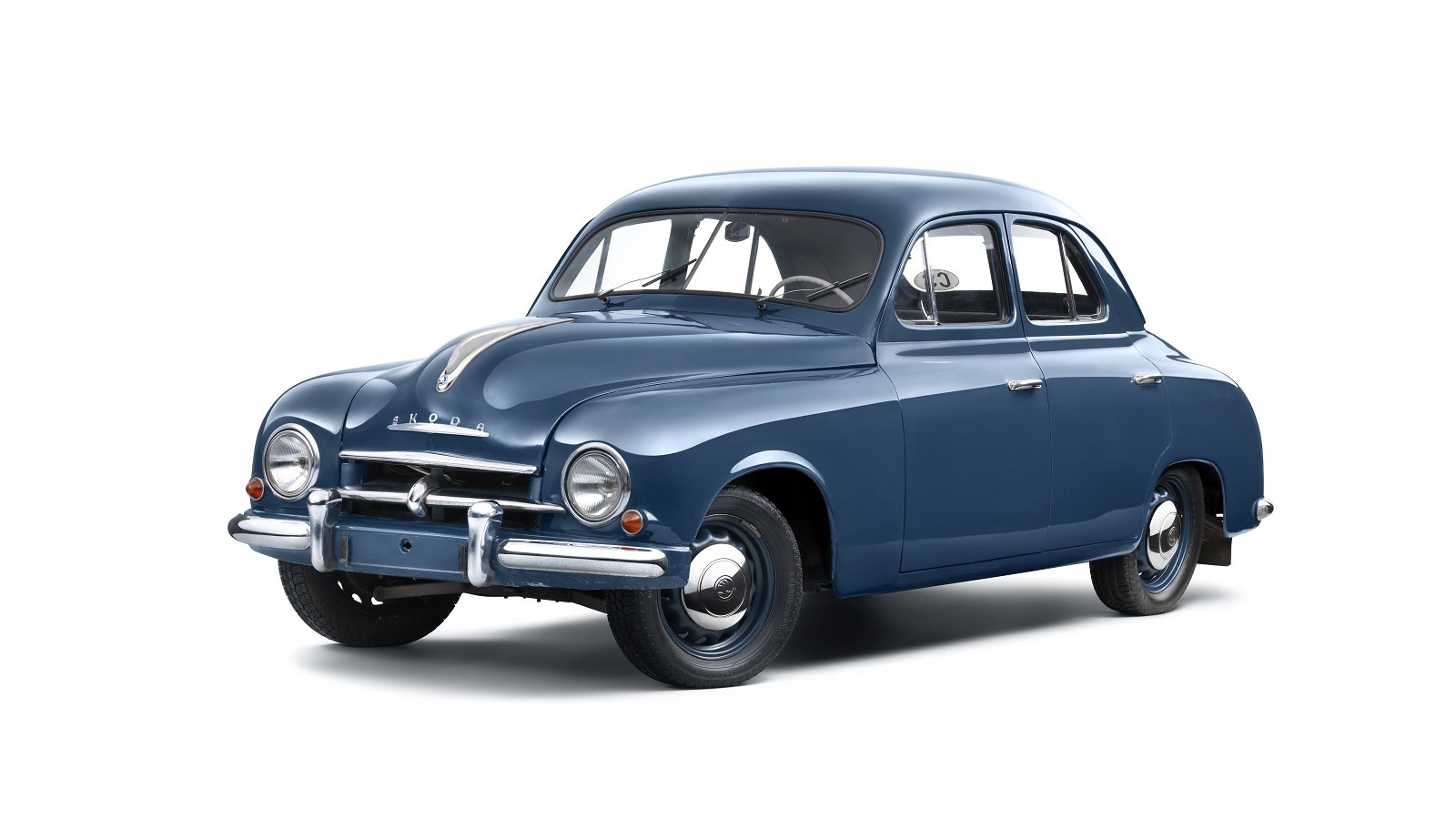 © Škoda
© Škoda -
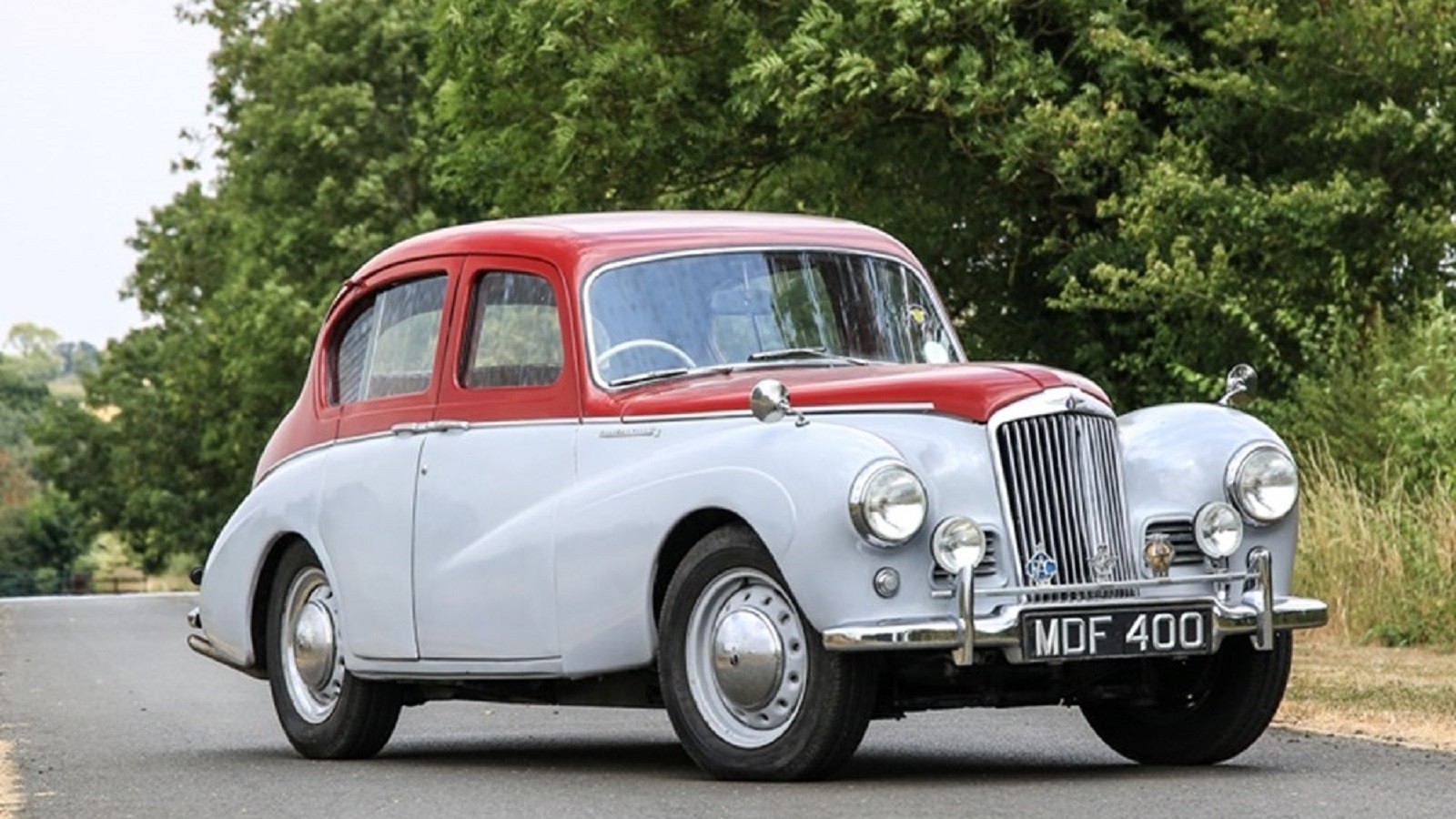 © Historics
© Historics -
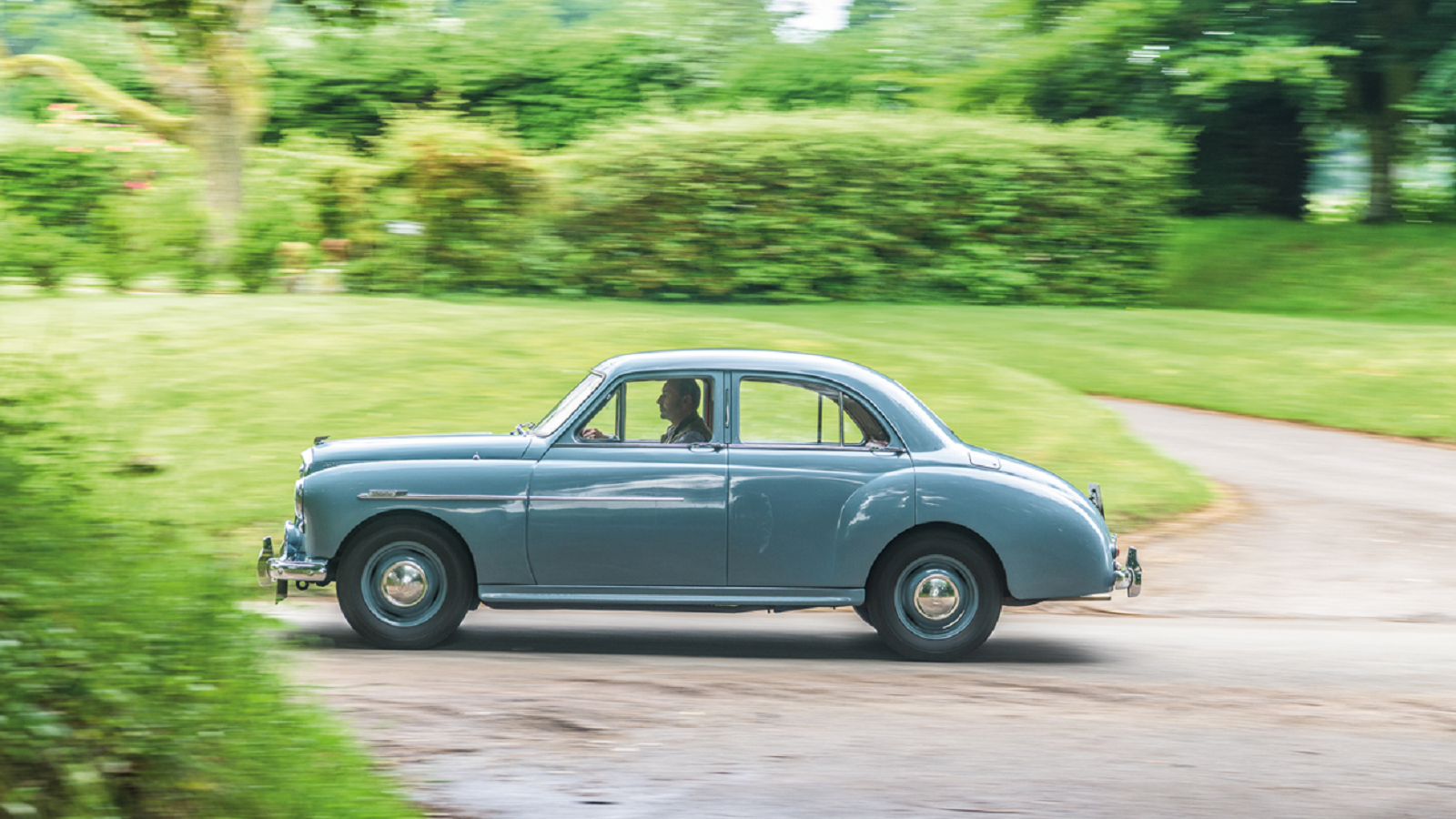 © Classic & Sports Car
© Classic & Sports Car
-
Cars that launched in 1952
We are turning the clock back 70 years to 1952, which proved a turning point for many car companies as they left behind pre-war designs and adopted a new, bolder, fully enclosed style.
This year also witnessed existing models evolve into their most recognisable forms, as well as the arrival of seminal sporting cars from small-scale manufacturers.
Here’s our pick of this important year, listed in alphabetical order.
-
1. Austin A40 Somerset
The styling of the A40 Somerset was right up to date at its launch in 1952, but it still used the same separate chassis as the Devon and Dorset models it replaced.
That didn’t stop Austin from shifting more than 170,000 Somersets in saloon, estate and convertible body styles.
The 1.2-litre engine was also carried over from its predecessor, albeit with a shade more power, though you’d be hard pressed to notice the extra couple of bhp. Handling wasn’t a Somerset strong suit, either, but it was sturdy, reliable, and came with hydraulic brakes as standard.
-
2. Bentley R-type
The Bentley R-type, and its Rolls-Royce Silver Dawn sibling, were updates of the MkVI.
This new-for-’52 model ushered in a larger boot and more flowing lines, making the car more practical and appealing all at once. The 4.6-litre remained from the MkVI, but there was now the option of a four-speed automatic gearbox.
The much bigger news with the arrival of the R-type was the addition of the Continental fastback model. Its sleek lines spoke of its greater performance and it could manage 117mph compared to the standard saloon’s 101mph.
The final Continentals out of the 208 built came with an even more potent 4.9-litre engine for a true 120mph top speed.
-
3. Borgward Hansa 1800
The Hansa 1800 ably demonstrated Borgward’s forward thinking for the period, because it had fully integrated front styling and a fastback rear, similar to the hatchback that would become the norm in the 1980s.
However, the Hansa was strictly a two- or four-door saloon, with estate and convertible models also joining the range.
A backbone chassis, all-independent suspension and synchromesh on all four forward gears were further evidence of the Hansa’s advanced design.
It was also sold with a 1.8-litre diesel engine as an alternative to the 1758cc four-cylinder petrol, and the diesel offered up to 45.6mpg average fuel economy. However, it did take nearly half a minute to get from a standing start to 50mph.
-
4. Daimler Regency
First shown to the public at the 1951 Earls Court Motor Show, the Regency went on sale in 1952. However, sales never really got into their stride and a grand total of just 51 cars were built during its three-year lifespan.
Among those were a few sensational Hooper-built Empress sports saloons, but most had Daimler’s more formal four-door body.
Towards the end of its life, the Regency received a boost from a 3.5-litre engine, replacing the original 3.0-litre unit. This larger engine went on to serve in the Regency II from 1955, which notched up improved sales figures.
-
5. Datsun DC-3
Datsun built the first DC-3 as a concept based on the chassis of its Pick-up commercial model.
Reaction to the compact sports car was so favourable, the company put the DC-3 into small-scale production using a 20bhp 860cc engine and three-speed manual gearbox. Top speed was a meagre 43mph, which may account for a mere 50 cars being built.
Despite the strong public reaction to the DC-3, sales were slow and only 30 found buyers. The remaining 20 cars that Datsun had in stock were then converted into Pick-up models and sold as commercial vehicles.
-
6. DeSoto Powermaster
The full-size DeSoto Powermaster sedan arrived late in 1952 for the 1953 model year in the US. Although it looked similar to the Deluxe model it replaced, it was completely new on the outside and was the first car from the company to have a one-piece curved windscreen.
As well as the six-seat sedan, which could carry eight with optional rear jump seats, there was a two-door Coupe and Sportman Hardtop, plus a station wagon estate. All used the same 251cu in (4.1-litre) straight-six with three-speed manual or two-speed automatic gearboxes.
-
7. Fiat 8V
It would have been difficult for Fiat to come up with a car more radically different from its mainstay 500 than the 8V.
Here was an exotic two-seater with bespoke 2.0-litre V8 engine designed by Dante Giacosa mounted in a tubular spaceframe chassis. With 105bhp from the motor, it could reach 118mph.
Bodywork for the 8V was created either in-house by Carrozeria Speciale FIAT or by Ghia, Vignale and Zagato in a mix of coupé and drop-top styles. Hugely desirable today, helped by Fiat only building 114 8Vs in total.
-
8. Fiat 1900
If the 8V grabbed headlines for Fiat in 1952, the 1900 got on with bringing in the sales volume.
This four-door saloon or two-door coupé was based on the 1400 but with added performance from its 1901cc engine that offered an extra 16bhp. There was also a five-speed manual gearbox to make full use of the extra oomph.
Intriguingly, Fiat dabbled with the idea of fitting the 8V’s engine to the 1900 bodyshell, but it never came to pass. By the time the 1900 ended production in 1958, Fiat had built 15,759 versions of this upmarket saloon.
-
9. Ford Taunus P1
Similar in style to the Consul that Ford in Great Britain had already launched, the Taunus P1 had a distinctly US flavour to its rounded styling. It also used unitary body construction, which put the P1 and Consul ahead of most of their rivals for design.
Called P1 after the development title of ‘Project 1’, the Taunus was not quite so advanced in the engine bay where a 1172cc sidevalve four-cylinder motor lay. A four-speed gearbox arrived in 1953 to help improve the drive, but it wasn’t until 1955 that a more powerful 1498cc engine finally offered decent performance for the 15M model.
-
10. Hudson Wasp
The Wasp was an all-new car for Hudson in 1952. It replaced the Super models and used the same styling cues as the Hornet and Commodore. This included a full-width grille and wraparound parking lamps.
The Wasp came with either 232cu in (3.8-litre) or 262cu in (4.3-litre) straight-six engines. The larger motor delivered a healthy 127bhp, ensuring the Wasp lived up to its promise of providing more performance and luxury than the Pacemaker it was based on.
-
11. Lincoln Capri
The Capri name had a very different meaning in 1952 when applied to Lincoln’s luxury rival to Cadillac, Chrysler and Packard.
The four-door saloon, and two-door coupé and convertible models, were handsome but quite restrained compared to their more chrome-heavy rivals. It didn’t stop the Capri selling well and justified Ford’s investment in this upmarket offering.
A new 317cu in (5.2-litre) V8 with 160bhp was introduced for the launch of the Capri, and it was joined by a more powerful 341cu in (5.6-litre) V8 with 225bhp in 1955. The larger engine came with a three-speed automatic in place of the smaller V8’s four-speed auto.
-
12. Lotus MkVI
The MkVI put Lotus on the map as a manufacturer of sports cars rather than building a series of one-offs. Colin Chapman came up with his own design of spaceframe chassis, minimalist bodywork, and effective suspension using many off-the-shelf parts to keep costs down.
Ford brakes and rear axle were common to all MkVIs, but the engine was down to the individual builder of the car. Many used the Ford 1172- or 1500cc engines, while others were fitted with MG’s 1250cc motor.
All proved effective and the MkVI finished in second place on its motorsport debut at Silverstone in July 1952.
-
13. Morris Minor Series II
The Morris Minor had already been on sale for four years by the time the Series II arrived in 1952. This model showed the influence of BMC as the Minor gained an Austin A-series engine. The 803cc motor was underpowered in the Minor with only 30bhp, but this was resolved with the Minor 1000 in 1956.
The Series II is also notable for ushering in the new front styling for the Minor with its headlights placed high on the front wings. It may have only been on sale until the 1000 arrived in the 1956, but the Minor Series II managed sales of 269,838 saloons and tourers, plus several thousand of the Traveller variant.
-
14. Panhard Dyna Junior
The Dyna Junior was designed and put together hastily by Panhard when it was asked to build a sports car for the US market by JB Ferguson.
Using the 120 saloon as a base, the Junior’s body was no beauty but it was light at just 13cwt (660kg) thanks to the early car’s aluminium panelling. This was later changed to steel that added 100kg to the weight.
Power came from a 40bhp 845cc flat-twin engine with twin carburettors to increase power over the 120 saloon’s motor. It gave the Dyna Junior suitably nippy performance and Panhard even offered a 60bhp supercharged model for added pep.
-
15. Riley RME
The RME might have looked a little old-fashioned in 1952 with its flowing wings and running boards, but it was a clever update by Riley of the existing RMA.
It stuck with the 1.5-litre four-cylinder engine, but a new open propeller shaft and hypoid rear axle improved the drive and refinement. Hydraulic brakes also addressed the one area of weakness pointed out in contemporary road tests of the RMA.
Later in its life, the RME did away with the body’s running boards and this model lasted until 1955, making it the last of the traditional Rileys before BMC’s influence fully took over.
-
16. Siata 208 S
Siata wasn’t slow to realise the potential of Fiat’s 2.0-litre V8 engine and quickly put the engine into a sports car of its own design.
The 208 S had a simple, elegant, barchetta two-seat design similar in style to those from Ferrari. To make the most of this sports car, Siata also tuned the Fiat engine from its original 105bhp to a punchier 125bhp.
Even though Siata found favour with US importer Ernie McAfee, who appreciated its looks and rarity would appeal to his West Coast clients, only 35 208 S models were made. This is in addition to the 18 CS coupé models Siata also produced with the same engine.
-
17. Simca 9 Sport
Simca had launched the Aronde saloon in 1951 and then followed up with the 9 as a sporting model the following year. It used the same 1221cc engine as the humble saloon, but with power increased to 49bhp from the four-door’s 44bhp.
Similar in style to the earlier Simca 8, the 9 was distinct thanks to its more curvaceous bodywork and larger glass areas that gave it a more delicate, elegant look.
The 9 Sport name was dropped at the end of 1954 and replaced by the Coupé de Ville badge.
-
18. Škoda 1200
Škoda’s reputation for making good-quality cars continued with the 1200, which replaced the 1101 in 1952. It was the Czech firm’s first volume model to embrace the new US-influenced body style and was offered as a four-door saloon, or a three- or five-door estate.
The 1200 came with independent front suspension as a 35bhp 1.2-litre four-cylinder engine. This drove through a four-speed manual gearbox to the rear wheels, and top speed was 65mph, putting the Škoda on a par with its Western European rivals.
-
19. Sunbeam 90 MkIIA
For 1952, Sunbeam updated the 90 to create the MkIIA model that came with a higher compression 2267cc engine to give 80bhp.
A column gearshift remained, but the brakes were uprated for this model to cope with its improved performance. These upgrades were also applied to the Alpine MkIIA sports car.
Another identifier of the MkIIA when it was launched were its steel wheels with perforations rather than a solid design. This allowed more cooling air to the brakes to further enhance stopping power.
-
20. Wolseley 4/44
Wolseley was the first brand within the BMC empire to offer this four-door saloon before MG introduced its Magnette.
The 4/44 used the same 1250cc four-cylinder engine as the MG TD but with a single carburettor, which pegged power to 44bhp and 10bhp less than the two-seat sports car. The 4/44 handled and rode well thanks to rack-and-pinion steering and independent front suspension.
It then gained more power in 1956 when it became the 15/50 with the addition of the 1.5-litre B-series engine with 50bhp.
